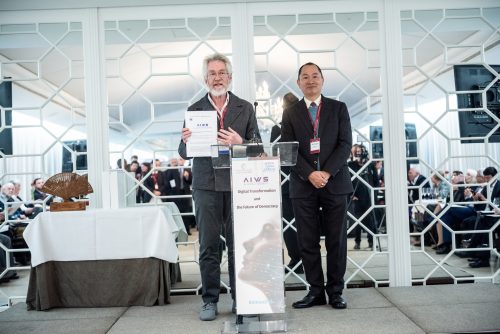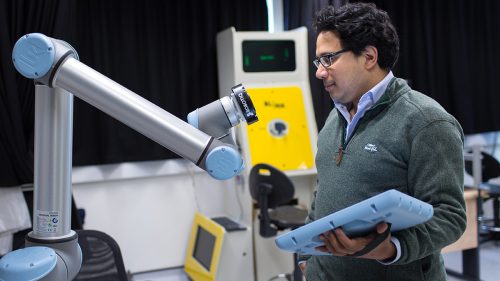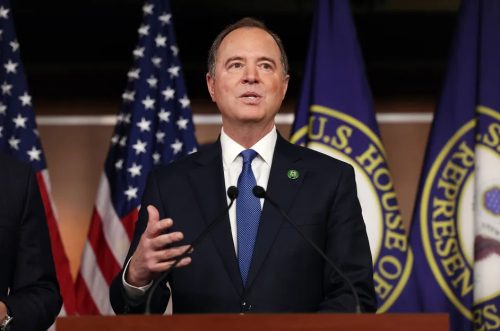When it comes to managing artificial intelligence, there is no shortage of principles and concepts aiming to support fair and responsible use. But organizations and their leaders are often left scratching their heads when facing hard questions about how to responsibly manage and deploy AI systems today.
That’s why, at the U.S. Government Accountability Office, we’ve recently developed the federal government’s first framework to help assure accountability and responsible use of AI systems. The framework defines the basic conditions for accountability throughout the entire AI life cycle — from design and development to deployment and monitoring. It also lays out specific questions to ask, and audit procedures to use, when assessing AI systems along the following four dimensions: 1) governance, 2) data, 3) performance, and 4) monitoring.
As organizations, leaders, and third-party assessors focus on accountability over the entire life cycle of AI systems, there are four dimensions to consider: governance, data, performance, and monitoring. Within each area, there are important actions to take and things to look for.
Assess governance structures. A healthy ecosystem for managing AI must include governance processes and structures. Appropriate governance of AI can help manage risk, demonstrate ethical values, and ensure compliance. Accountability for AI means looking for solid evidence of governance at the organizational level, including clear goals and objectives for the AI system; well-defined roles, responsibilities, and lines of authority; a multidisciplinary workforce capable of managing AI systems; a broad set of stakeholders; and risk-management processes. Additionally, it is vital to look for system-level governance elements, such as documented technical specifications of the particular AI system, compliance, and stakeholder access to system design and operation information.
Understand the data. Most of us know by now that data is the lifeblood of many AI and machine-learning systems. But the same data that gives AI systems their power can also be a vulnerability. It is important to have documentation of how data is being used in two different stages of the system: when it is being used to build the underlying model and while the AI system is in actual operation. Good AI oversight includes having documentation of the sources and origins of data used to develop the AI models. Technical issues around variable selection and use of altered data also need attention. The reliability and representativeness of the data needs to be examined, including the potential for bias, inequity, or other societal concerns. Accountability also includes evaluating an AI system’s data security and privacy.
Define performance goals and metrics. After an AI system has been developed and deployed, it is important not to lose sight of the questions, “Why did we build this system in the first place?” and “How do we know it’s working?” Answering these important questions requires robust documentation of an AI system’s stated purpose along with definitions of performance metrics and the methods used to assess that performance. Management and those evaluating these systems must be able to ensure an AI application meets its intended goals. It is crucial that these performance assessments take place at the broad system level but also focus on the individual components that support and interact with the overall system.
Review monitoring plans. AI should not be considered a “set it and forget it” system. It is true that many of AI’s benefits stem from its automation of certain tasks, often at a scale and speed beyond human ability. At the same time, continuous performance monitoring by people is essential. This includes establishing a range of model drift that is acceptable, and sustained monitoring to ensure that the system produces the expected results. Long-term monitoring must also include assessments of whether the operating environment has changed and to what extent conditions support scaling up or expanding the system to other operational settings. Other important questions to ask are whether the AI system is still needed to achieve the intended goals, and what metrics are needed to determine when to retire a given system.
The original article was published at the Harvard Business Review.
The Boston Global Forum (BGF), in collaboration with the United Nations Centennial Initiative, released a major work entitled Remaking the World – Toward an Age of Global Enlightenment. More than twenty distinguished leaders, scholars, analysts, and thinkers put forth unprecedented approaches to the challenges before us. These include President of the European Commission Ursula von der Leyen, Governor Michael Dukakis, Father of Internet Vint Cerf, Former Secretary of Defense Ash Carter, Harvard University Professors Joseph Nye and Thomas Patterson, MIT Professors Nazli Choucri and Alex ‘Sandy’ Pentland, and European Parliament Member Eva Kaili. The BGF introduced core concepts shaping pathbreaking international initiatives, notably, the Social Contract for the AI Age, an AI International Accord, the Global Alliance for Digital Governance, the AI World Society (AIWS) Ecosystem, and AIWS City.










